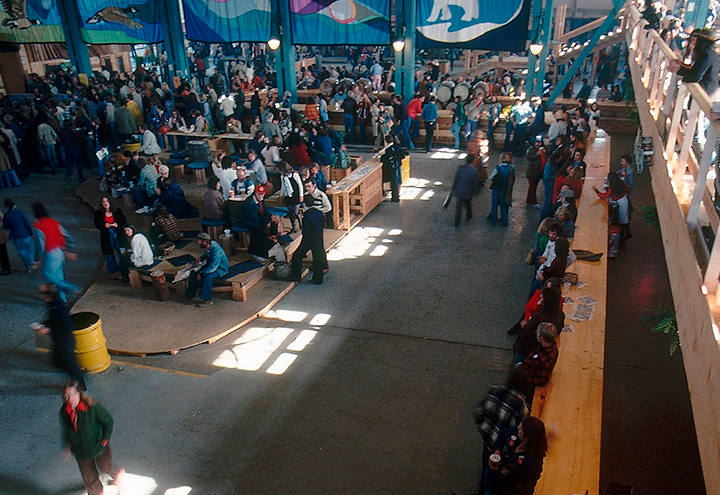The Foreshore: Session 4
 A series of informal sessions of research and knowledge exchange.
A series of informal sessions of research and knowledge exchange.
[su_spacer size=”10″]
Tuesday, December 6, 2016, 7:00 – 9:00 p.m.
222 E Georgia Street
Vancouver, BC Canada
map
Taking Habitat Forum 1976 as a model for the confluence of design, politics, art and community, Brown will look at the current situation in Vancouver regarding public space, land use policy and political maneuvering by our civic government and real estate developers. She will contrast approaches to land use and speculation in UN Habitat’s “New Urban Agenda” of 2016 and its more radical predecessor, the Vancouver Declaration of 1976, to provide context for Vancouver’s increasing abdication of meaningful, politically potent public spaces and public art practice.
Using the upcoming development of Northeast False Creek as a case study, Sukkau will present her proposal to redirect private development public art allocations to support sites for the production of public culture. Recognizing that private development makes significant contributions to the urban environment and that these contributions often come at the expense of not-for-profit cultural production within Vancouver’s current environment of competition, Sukkau argues it is no longer suitable for private developers to commission works of art on behalf of the public. Alternatively, she proposes their required contributions be invested in building the capacity of publics and arts organizations to respond to the conditions of the city through changing programs of public art.
Lindsay Brown is a writer and activist living in Vancouver. Her book “Habitat ’76” is an illustrated history of the first UN Habitat conference in Vancouver due out in mid 2017. She is a writer of art and cultural criticism and an environmental and civic activist. She co-founded the fight against the casino expansion, Vancouver Not Vegas, which began as a protest against the BC government’s massive cuts to arts from a fund whose revenues derived from gambling. She was a child volunteer at Habitat ’76.
Shiloh Sukkau is currently enrolled in the Masters of Architecture Program at the University of British Columbia and received the Janet Fletcher award for female graduate student in Architecture in 2015. Prior to becoming a mother she completed her BFA from the Emily Carr University of Art and Design in 2007 and has participated in multiple exhibition and residency programs, most recently attending the Banff Summer Thematic Residency in 2015.
The Foreshore is a year-long collaboration between Access Gallery and Other Sights’ for Artist Projects inspired by the deep influence of the waterways on our cities and societies on the West Coast.
The foreshore is a place of unclear jurisdiction, and thus of contestation, friction, and constant movement. Those who dwell in this zone must continually adapt to a changing environment. The foreshore also conjures histories specific to this region: narratives of trade and exchange, habitation and nourishment, resistance and violent erasure. It might similarly evoke our contemporary lived situation in this place. Considering the potential of this zone as both concept and site, The Foreshore initiative asks the following: how do we generate conditions of emergence? How can we take up space differently? How do we support unruly practices and futures?
Visit the foreshore.org for an unfolding schedule of events.
Copyright photo credit: Erol Baykal, collection of Al Clapp, VPL
Jericho beach hangars, 1976, in the Moderne (late Deco) style